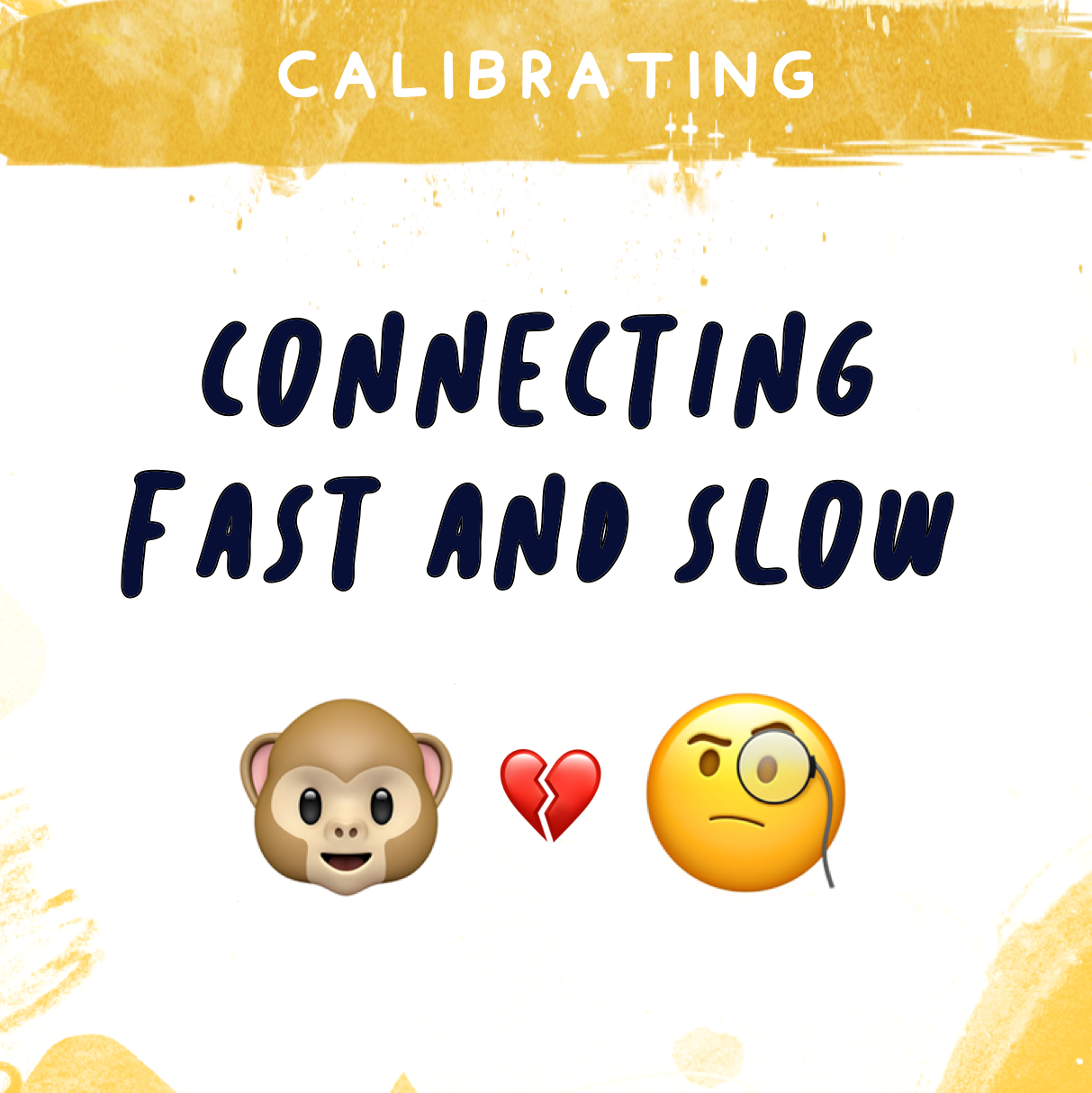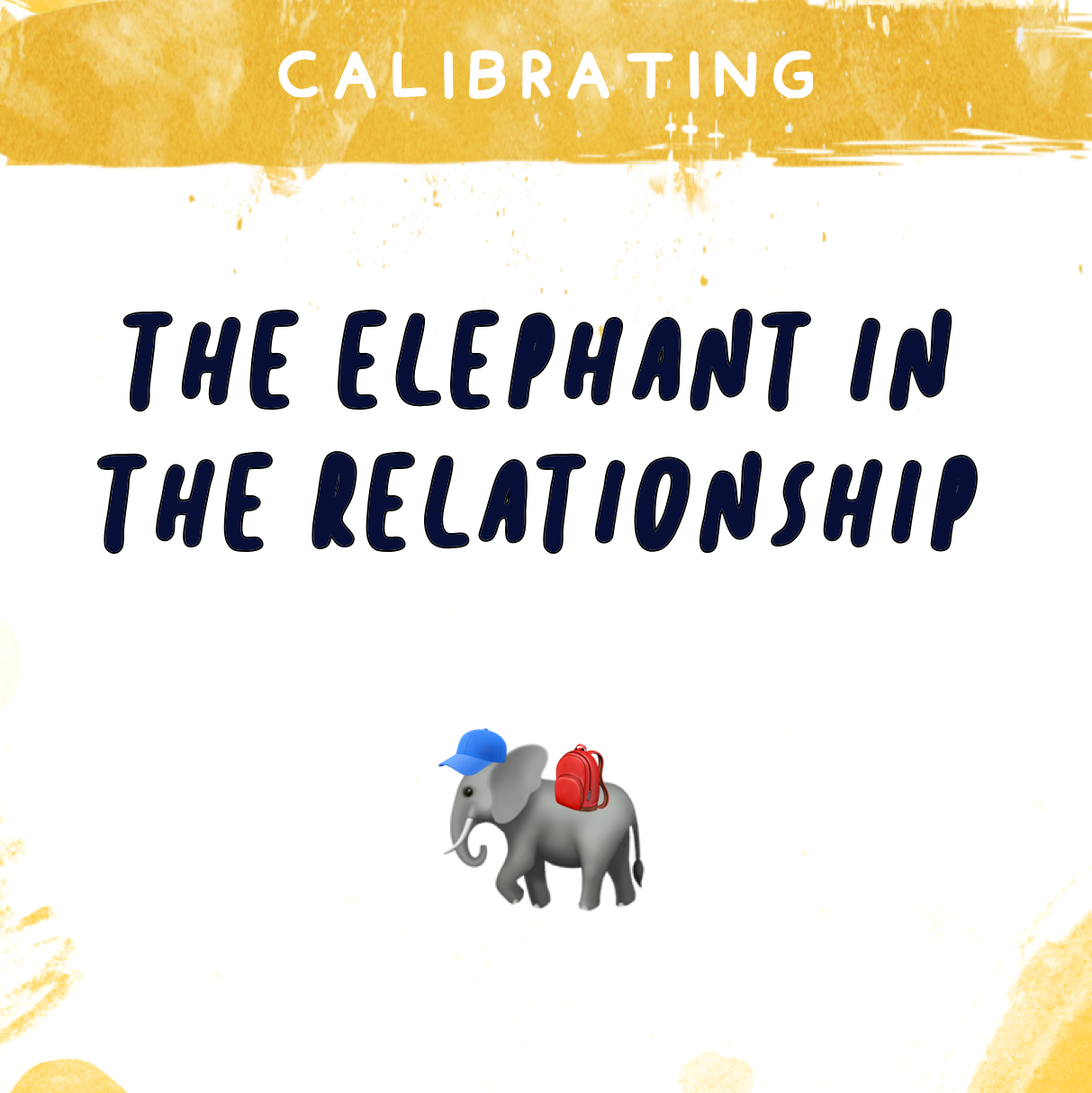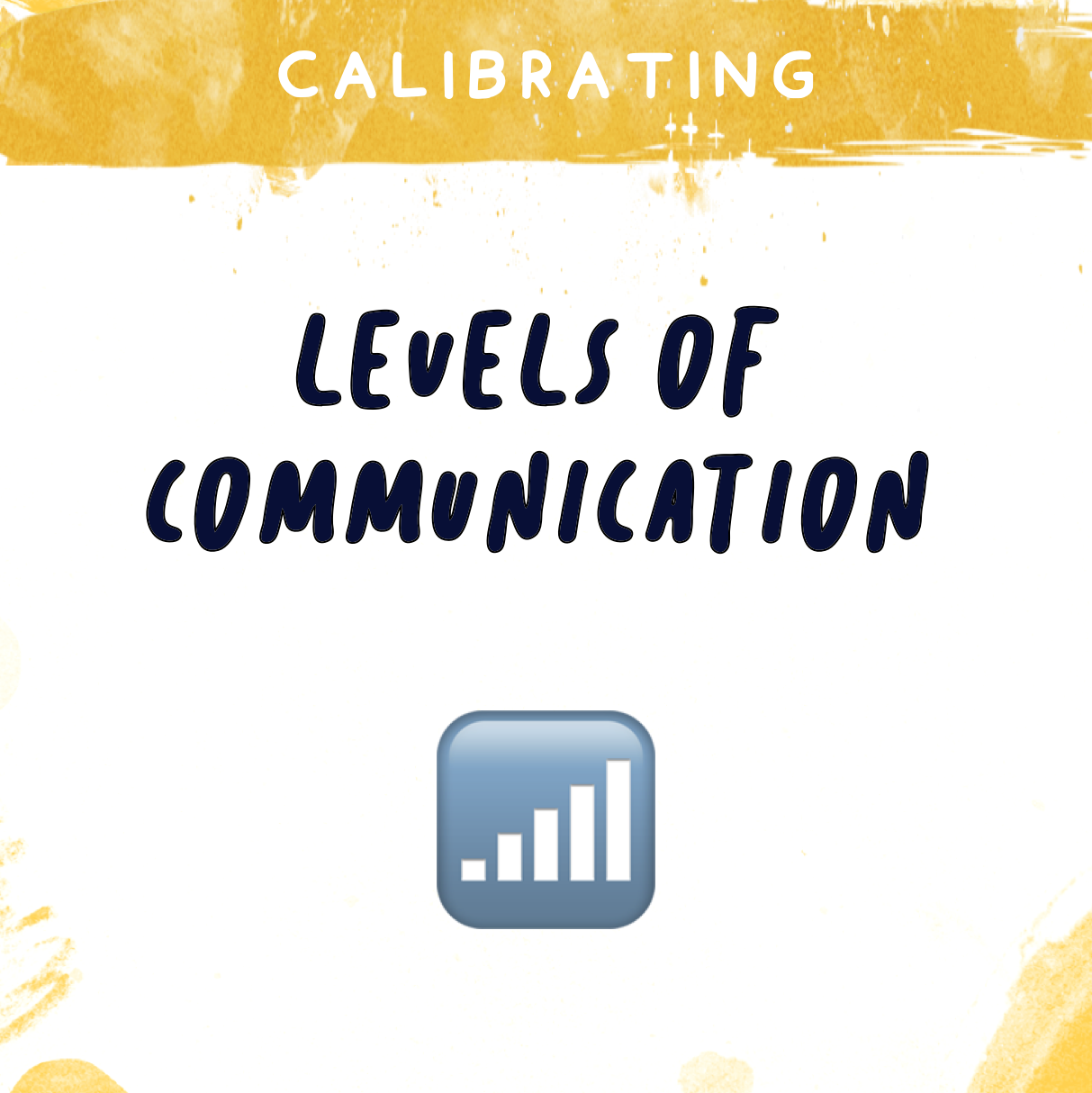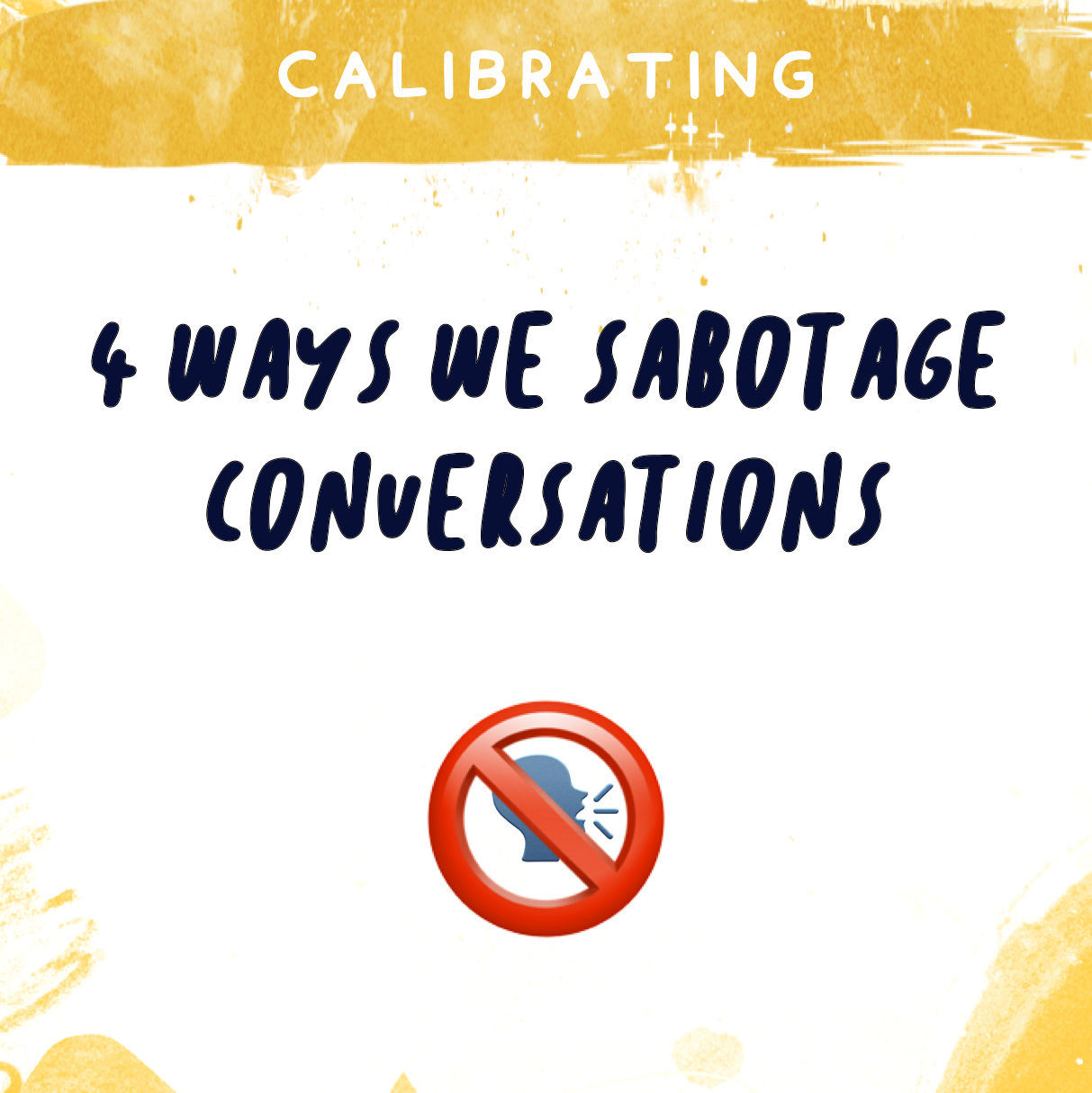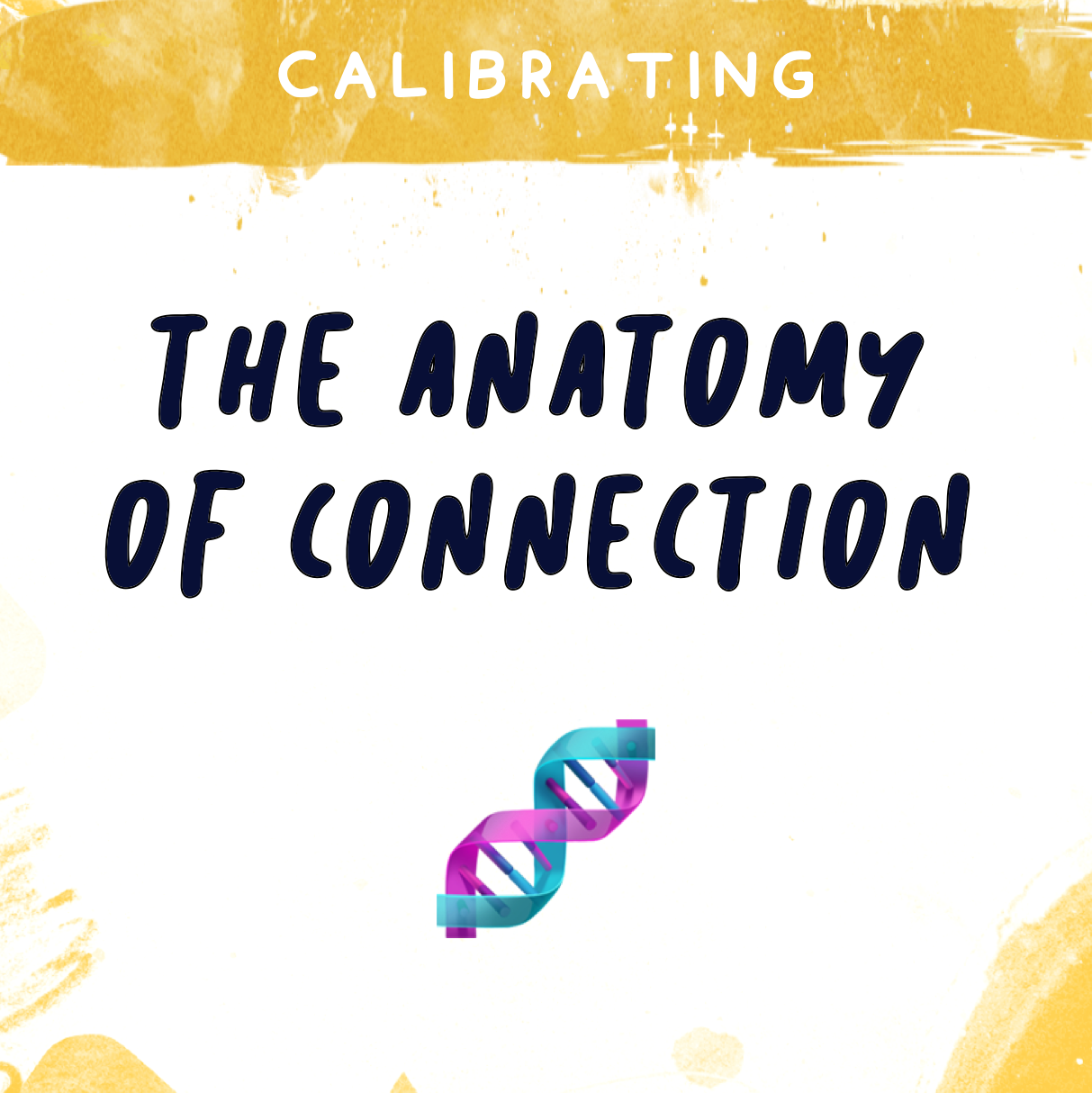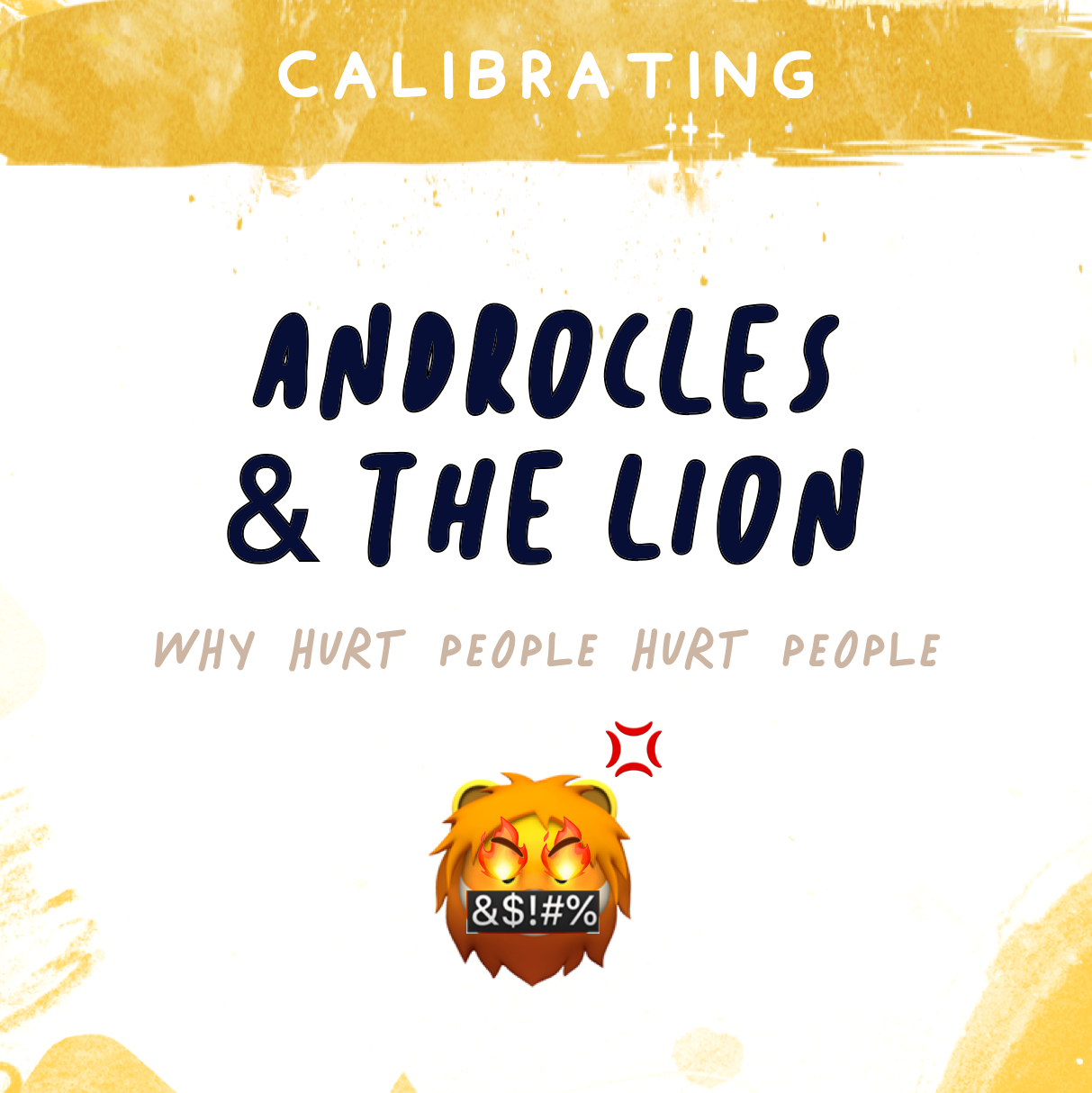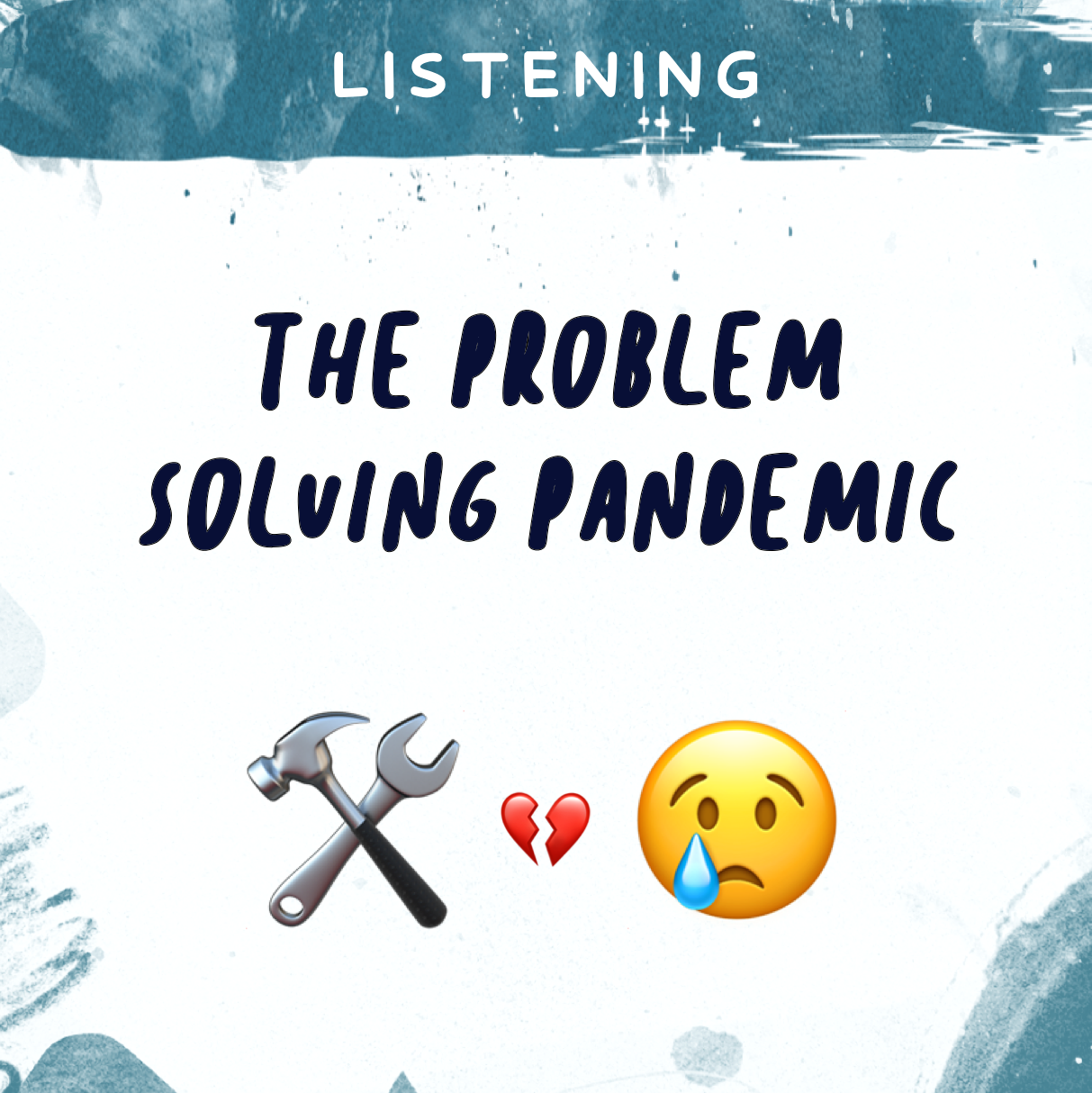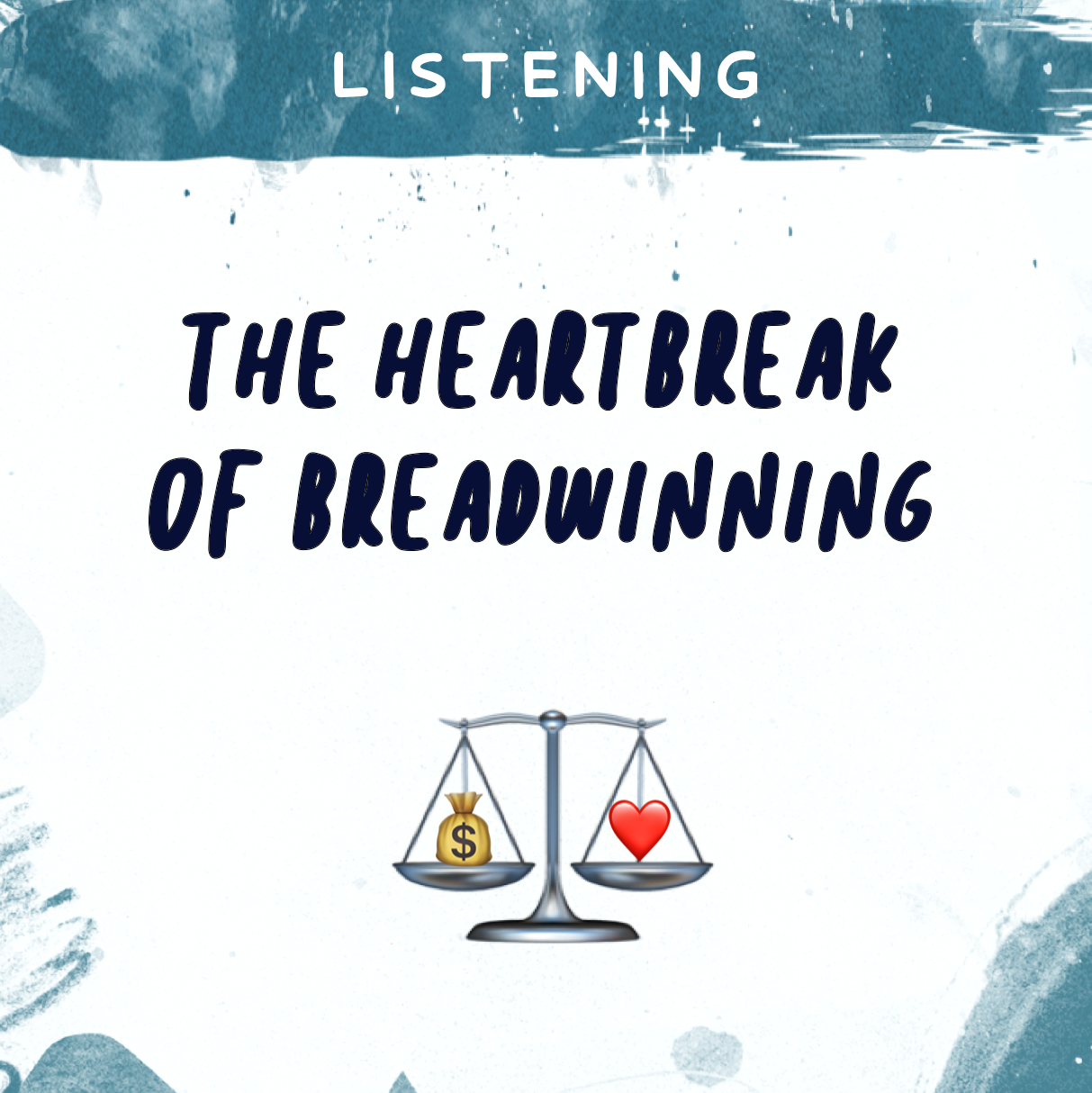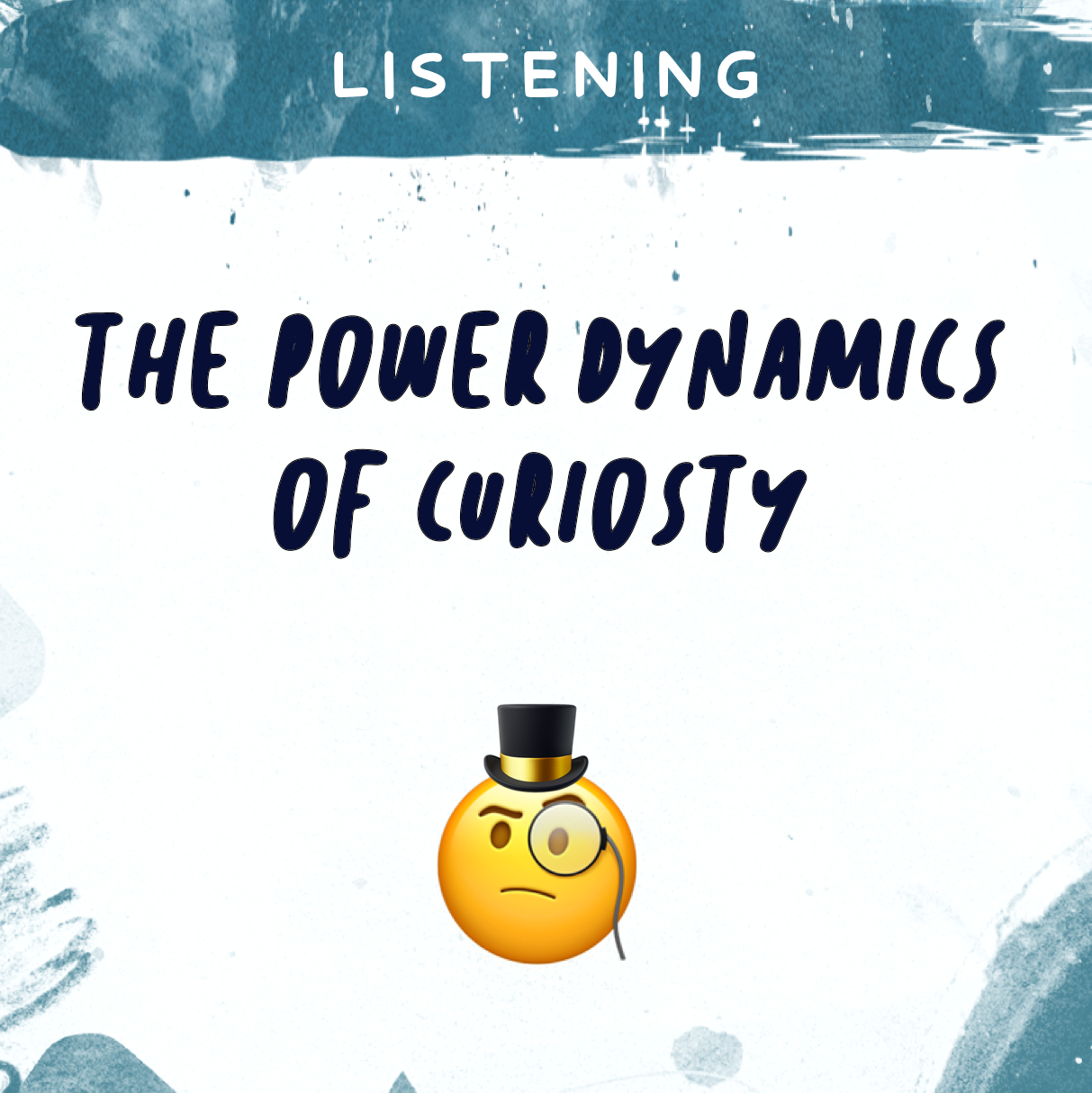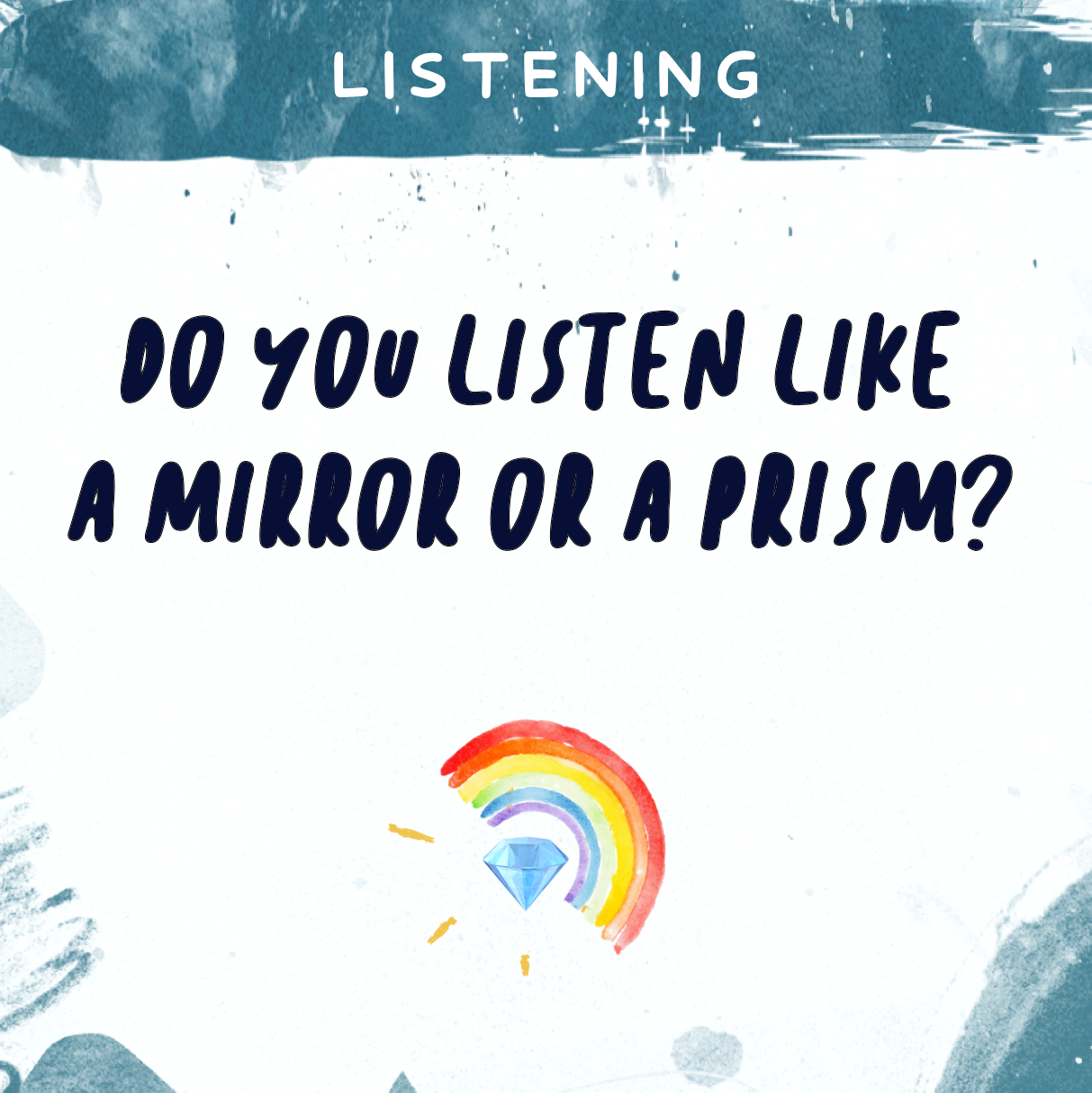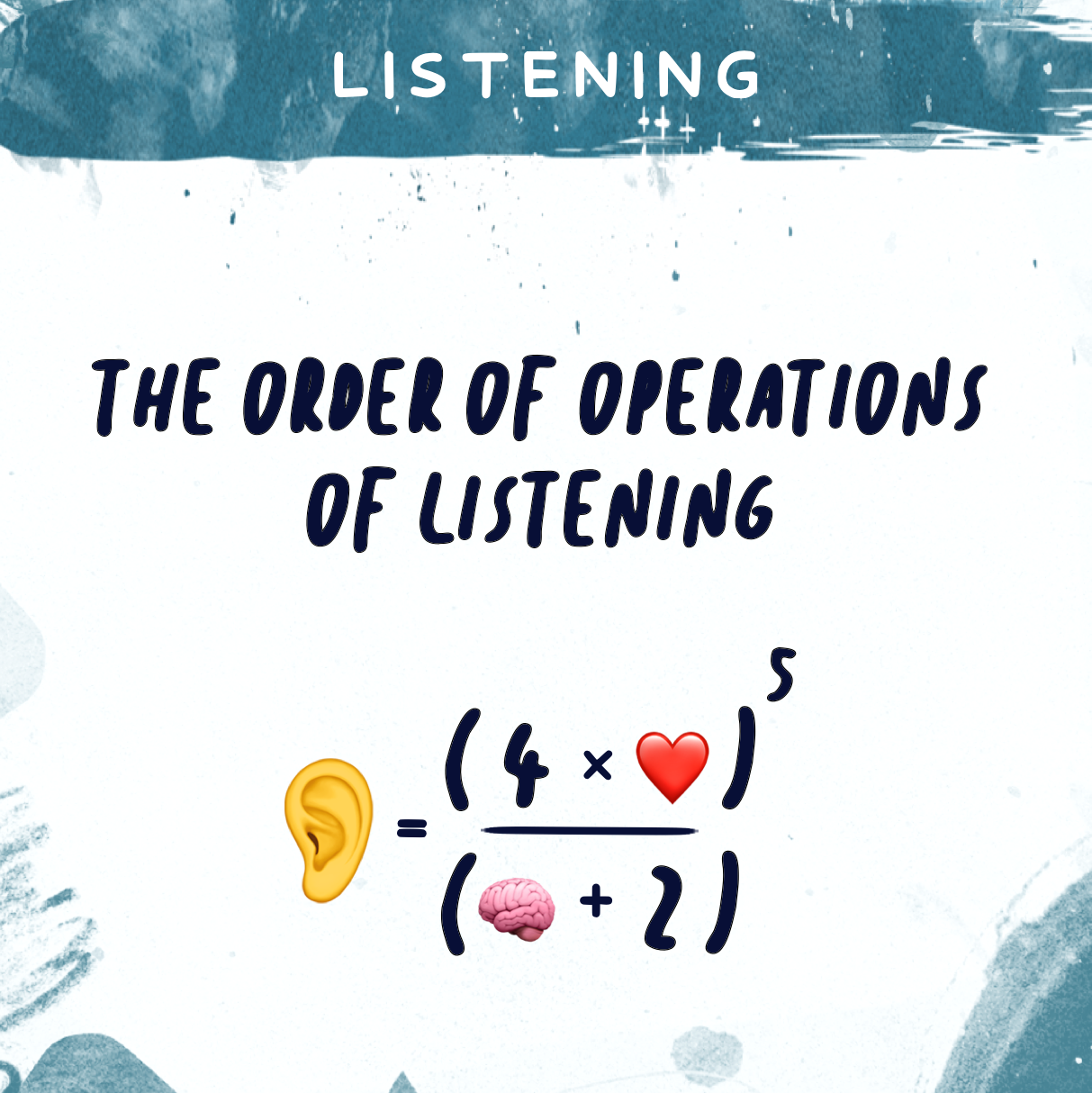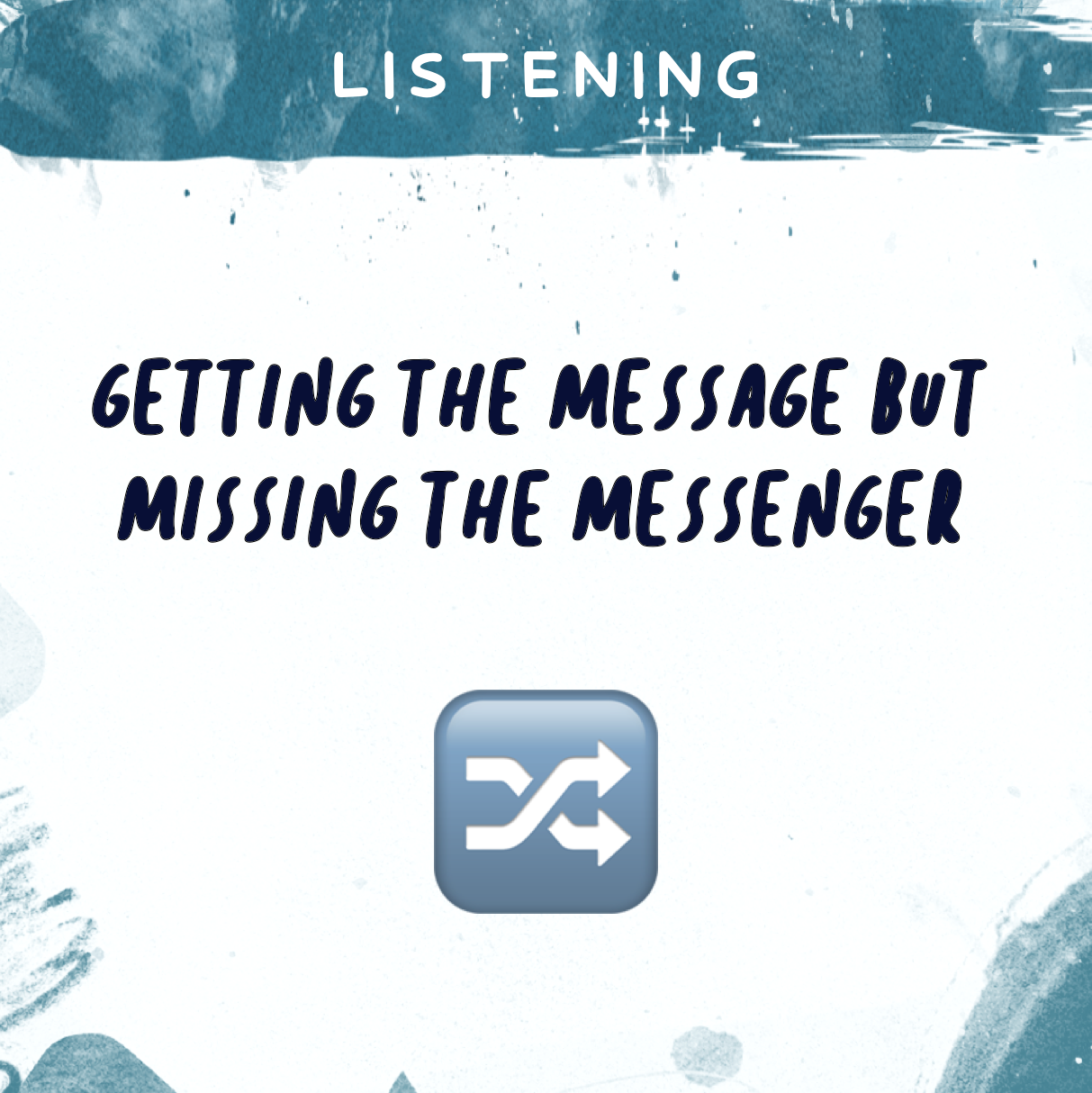FEELING
🦠🧅🌎 3 Stages of Emotional Maturity
This essay is based off the research from an incredible paper called “Pleasure, Arousal, Dominance: Mehrabian and Russell revisited” by researchers Iris Bakker, Theo van der Voordt, Peter Vink & Jan de Boongot. The paper explores three dimensions of emotional experience.
How well do you know your emotions?
If someone asks how you are feeling, do you respond with:
- Categories & Intensity ”I feel a [little / really] [good / bad]”
- Multiple Emotions & Mental State “I feel [X, Y, etc] and it’s making me [activated / alert / relaxed / shut down]”
- Sensations, Stories, Needs “I notice [sensations] in my body, which bring up [stories about the emotion], and so I think I might like [needs]”
These are three stages of emotional maturity, with each one building upon the previous one.
Let’s look at each of the three stages in order: 🦠 Cell, 🧅 Onion, 🌎 Ecosystem.
 Stage 1 of Emotional Maturity: Cell
Stage 1 of Emotional Maturity: Cell
A cell is the basic building block from which a more complex organism is built upon.
In the realm of emotions, the Cell stage is the foundation for emotional maturity.
At this stage, we start with one primary axis: 

As children, our first way of describing emotions is “this feels good” and “that feels bad.”
Over time, we learn words for these different emotions, which makes up our initial set of emotional vocabulary.
The single axis of 
 Stage 2 of Emotional Maturity: Onion
Stage 2 of Emotional Maturity: Onion
An onion is made up of many cells but beyond that, its very composition contains layers and layers within it.
In the realm of emotions, the Onion stage is where we begin adding nuance by observing not just how emotions feel, but also how they affect our entire system - the physical and the mental.
We now add a second axis: 

The original single axis of 
But with the introduction of 
Just like how an onion can be peeled, layer by layer, we now can see how emotions have layers too: specifically how much they impact the way we see the world, and our energy levels.
🔴⬆️ 🔵⬆️ High Pleasure and High Arousal
Here we have emotions like Exhilaration, Delight, and Happiness, which increases our activity and even motivation to continue moving towards the stimulus that brought up these emotions.
Happiness: Wow it was so fun biking for the first time - I want to do it again.
Delight: I never knew you could bury your entire body in sand - this is neat.
Exhilaration: I confessed my feelings and they like me back. I’m getting butterflies.



 High Pleasure and Low Arousal
High Pleasure and Low Arousal
Here we have emotions like Contentment, Relaxed, Serene, which feel good but don’t necessarily compel us to do anything.
Serene: Watching the waves come and go at the beach just makes my worries go away.
Relaxed: After working so hard for a week, doing nothing over the weekend is the best.
Contentment: The movie didn’t necessarily have an original plot, but it was done well that I still enjoyed it.



 Low Pleasure and High Arousal
Low Pleasure and High Arousal
Here we have emotions like Anger, Sadness, Disgust, and Fear, which can activate our nervous systems and make us want to take action to prevent or discontinue a stimulus. These emotions don’t often feel pleasant, and have a much higher risk of containing social stigma as a result (e.g. anger = bad, fear = weak).
Fear: I’m stuck in traffic so now I’m going to be late. I hope I don’t lose my job.
Anger: I hate seeing social media posts with messages like “just be more disciplined.” They have no idea how much people like me with ADHD are already trying. It’s so invalidating.
Disgust: I love trying new food but dear god Uni is not for me. Yuck.



 Low Pleasure and Low Arousal
Low Pleasure and Low Arousal
Here we have emotions like Gloom, Boredom, Dullness, which puts us in a less-active state. Depending on the type of emotion, we may be inclined to seek stimuli, or want to cease seeking stimuli.
Boredom: My flight is delayed and my phone just ran out of power. Ugh I’m so bored.
Dullness: I’m staring at a sunset but I don’t feel anything at all.
Gloom: I wanted to go out this weekend but I just got sick and now my friends are hanging out without me.
To reach the 
We can’t just stop at “this feels good / this feels bad” but go further and pay attention to the vital clues in our bodies:
- Am I getting more energized or less energized?
- Do I feel more motivated or less motivated?
- Am I more able to focus or less able to focus?
 Stage 3 of Emotional Maturity: Ecosystem
Stage 3 of Emotional Maturity: Ecosystem
An ecosystem consists of interdependent organisms interacting with each other within an environment, where each organism relies on and influences important factors that can help or hinder their survival.
Looking at the Onion, for example:
- The sun and soil creates conditions for onion plants to grow, but pests like onion flies and diseases from fungi can hinder their growth.
- The onion can be eaten by humans, but is poisonous to dogs, cats, and many other animals.
- On a macro level, the harvesting and distribution of onions impact not just the economy, but also science, where its large cells are convenient for being many young scientists’ first discovery of how cells look under a microscope.
In the realm of emotions, the 
In order to understand the third and final axis (which would be a Z axis in 3D), we’re going to revisualize the 

We now add our third and final axis: 

According to the paper, 
But if we visualized the emotions from 


Here are the 8 permutations. Looks funky right?

The emotions themselves don’t shift along the 


What changes is how a person emotion becomes behavior in the person, either reactively or more intentionally.
Below are a series of sentence stems to give you an idea of “what’s going on inside” from emotion to behavior, depending on the 
High Agency
When I feel… [emotion]
I want… [more / less / to start / to stop] … [need]
And because of constraints in … [relationship / norms / ability]
I’m going to choose to … [do Y / do Z instead]
Low Agency
When I feel… [emotion]
I [resort to / default to] … [impulse]
because I … [should / cannot] [constraint]
🔴⬆️ 🔵⬆️ High Pleasure and High Arousal
The common thread in 

In the 
A common constraint people have around happiness, for example, is that by feeling it something bad will happen next.
Another constraint is that by expressing delight or joy fully, it is “too much” and therefore unacceptable.



 High Pleasure and Low Arousal
High Pleasure and Low Arousal

The common thread in 

In the 
A common constraint for pleasurable but low arousal emotions like relaxed or contentment are that they are unproductive.
Another one is that “I don’t deserve to feel this,” which can also show up in the earlier category of high pleasure high arousal emotions like happiness and joy.



 Low Pleasure and High Arousal
Low Pleasure and High Arousal

The common thread in 

In the 



 Low Pleasure and Low Arousal
Low Pleasure and Low Arousal

The common thread in 

In the 
The Full Progression
When we look all three stages together, you can see how each stage builds in complexity and adds a new dimension to pay attention to.
Each stage also has a few learning opportunities in order to progress further.

I’d love to hear your stories of how you’ve progressed across the stages over time, and what’s hard about the stage you’re in!
Additional Reading
Better relationships start with you
We recommend beginning with these three steps.
STEP 1:
Listen to the podcast
Don't take our word for it. Hear alumni tell their stories of what life has been like since taking RBTL.
step 2:
Check out the newsletter
Get our latest insights and stories delivered to your inbox.
No spam, pinky promise.
Step 3:
Experience It yourself
Words can't fully capture what RBTL is like. Attend an event to experience the magic for yourself.
Copyright © 2023 The Space Between LLC


